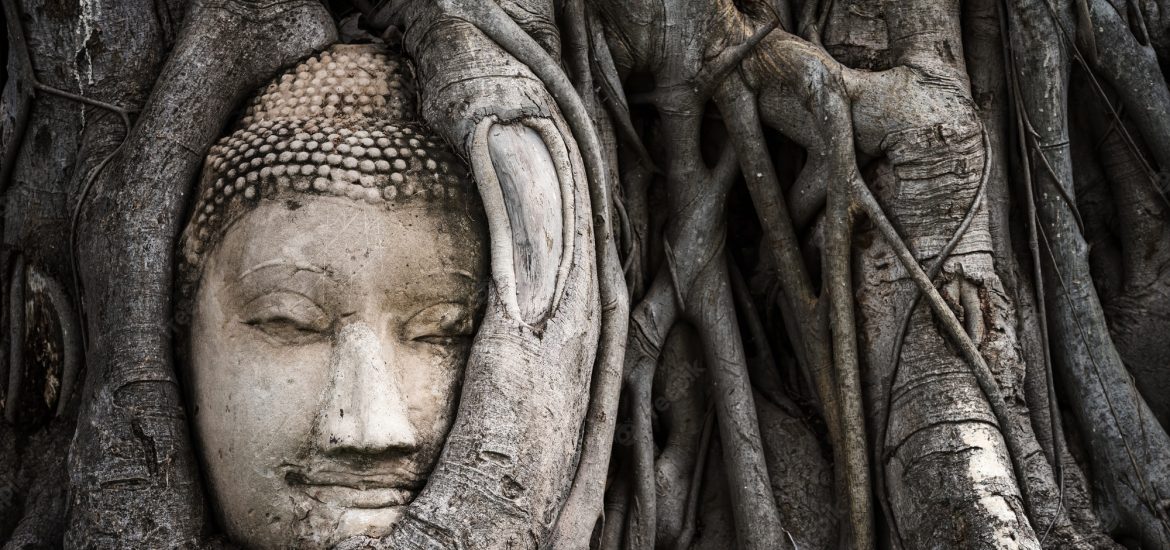For more than five years, I attended the same Buddhist temple service almost every Sunday and was always greeted by a familiar, warm smile.
It was the smile of one of the temple’s long-time lay supporters whose hospitability and sincerity I’ll never forget.
The abbot of the temple affectionately called him: “Mr. Nam.”
When I visited for the first time, I had many fanciful ideas about Buddhist concepts like impermanence that were romanticized by many Western scholars and poets.
To this day, I still occasionally find myself enamored by philosophical ideas, but I’ve come to realize that this knowledge is more of a hindrance to understanding than a support.
Over time, through my countless interactions with Mr. Nam, I slowly learned that Buddhism doesn’t live in the head.
We live out Buddhism through our actions in our practices of generosity, virtue, and meditation.
To some, learning how to bow or offer food to monastics may serve only ritualistic purposes.
But these practices give meaning to the path in ways that we may not immediately realize.
It’s because we don’t recognize that they’re a direct, experiential teaching on kamma.
Oftentimes, people’s twisted understanding of kamma is a strange sort of fatalism that’s mixed up with a subconscious acceptance of predestination or a repressed desire for revenge.
There is actually another way to look at kamma — one that’s more inspiring and empowering, and one that’s probably more in line with what the Buddha taught.
As one of my teachers said, happiness isn’t something that you simply stumble upon by chance.
You can find joy in what you do and understand what to do to produce that joy.


